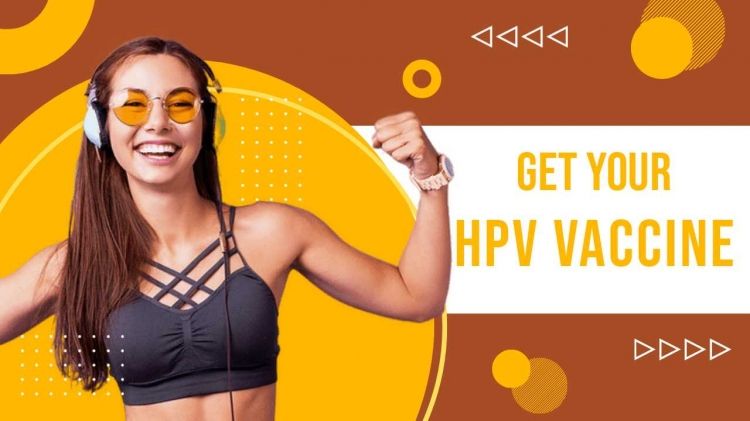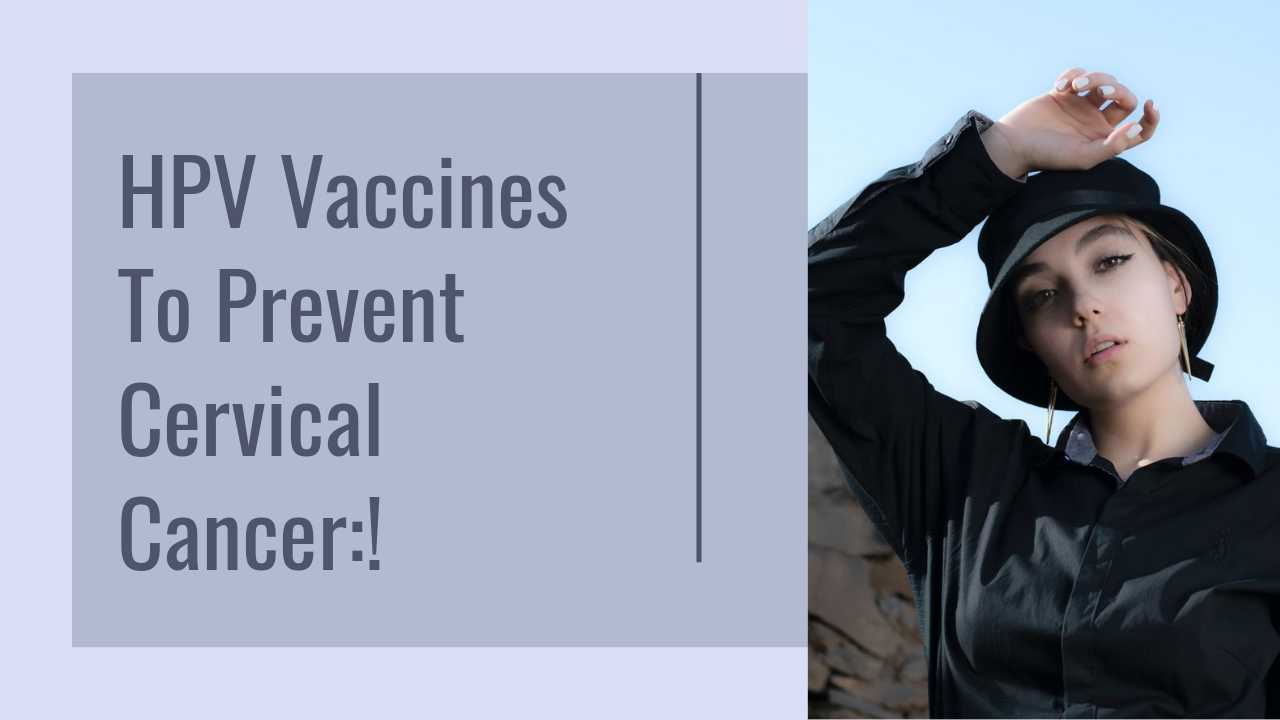Introduction:
Human papillomavirus (HPV) is a common sexually transmitted infection that can lead to cervical cancer. Vaccines are available to prevent HPV infection and subsequent cervical cancer, but it is important to understand the recommended age and dose of these vaccines to ensure their maximum effectiveness. In this essay, we will discuss the recommended age and dose of HPV vaccines to prevent cervical cancer, the effectiveness of these vaccines, and the potential impact on public health.
Recommended Age for HPV Vaccines:
The recommended age for HPV vaccination varies depending on the vaccine being used. Currently, there are three HPV vaccines available:
-
Gardasil: Gardasil is a quadrivalent HPV vaccine that protects against four strains of HPV. It is recommended for both males and females and is approved for use in individuals aged 9 to 45 years.
-
Gardasil 9: Gardasil 9 is a 9-valent HPV vaccine that protects against nine strains of HPV. It is recommended for both males and females and is approved for use in individuals aged 9 to 45 years.
-
Cervarix: Cervarix is a bivalent HPV vaccine that protects against two strains of HPV. It is recommended for females only and is approved for use in individuals aged 9 to 25 years.
The Centers for Disease Control and Prevention (CDC) recommends routine HPV vaccination for all boys and girls at age 11 or 12 years. Vaccination can begin as early as 9 years of age. The CDC also recommends catch-up vaccination for females up to age 26 years and males up to age 21 years who have not been vaccinated previously.
Effectiveness of HPV Vaccines:
The HPV vaccines have been shown to be highly effective in preventing HPV infection and subsequent cervical cancer. The vaccines are most effective when given before exposure to HPV, which is why routine vaccination at age 11 or 12 years is recommended.
Studies have shown that the HPV vaccines can reduce the incidence of HPV-related cervical cancer by up to 90%. The vaccines can also reduce the incidence of other HPV-related cancers, such as anal, vaginal, and oropharyngeal cancers.
The HPV vaccines are also highly effective in preventing HPV-related genital warts. Studies have shown that the vaccines can reduce the incidence of genital warts by up to 90%.
Potential Impact on Public Health:
The widespread adoption of HPV vaccination has the potential to significantly reduce the incidence of cervical cancer and other HPV-related cancers. The HPV vaccines are highly effective in preventing HPV infection and subsequent cervical cancer, and routine vaccination at age 11 or 12 years can ensure maximum effectiveness.
The adoption of HPV vaccination can also have a significant impact on healthcare costs. The treatment of cervical cancer and other HPV-related cancers can be expensive, and the cost of HPV vaccination is much lower than the cost of treating these cancers.
Additionally, the adoption of HPV vaccination can have a significant impact on public health. The vaccines can reduce the incidence of HPV-related cancers and improve overall health outcomes for individuals.
There are a few other important factors to consider when discussing HPV vaccination and cervical cancer prevention.
-
Number of Doses: The number of doses of HPV vaccine recommended varies depending on the age at which the vaccine is started. For individuals under 15 years of age, two doses of HPV vaccine are recommended, with the second dose given 6-12 months after the first. For individuals 15 years of age and older, three doses are recommended, with the second dose given 1-2 months after the first and the third dose given 6 months after the first.
-
HPV Testing: HPV testing can be used as a screening tool for cervical cancer. The American Cancer Society recommends HPV testing as an option for cervical cancer screening in women aged 25 years and older, either alone or in combination with a Pap test. HPV testing can detect the presence of HPV, which can indicate an increased risk for cervical cancer.
-
Gender-Neutral Vaccination: While HPV vaccination is currently recommended for both males and females, there is still a significant gender disparity in HPV vaccination rates. Increasing efforts to promote gender-neutral vaccination may help to improve vaccination rates and reduce the incidence of HPV-related cancers in both males and females.
-
Vaccine Hesitancy: Vaccine hesitancy, or the reluctance to receive vaccines, is a growing concern in public health. Some individuals may be hesitant to receive the HPV vaccine due to concerns about vaccine safety or effectiveness. Healthcare providers play an important role in addressing vaccine hesitancy and promoting the importance of HPV vaccination for cervical cancer prevention.
Conclusion:
Human papillomavirus (HPV) is a common sexually transmitted infection that can lead to cervical cancer. Vaccines are available to prevent HPV infection and subsequent cervical cancer, but it is important to understand the recommended age and dose of these vaccines to ensure their maximum effectiveness. The recommended age for HPV vaccination is 11 or 12 years, and catch-up vaccination is recommended for females up to age 26 years and males up to age 21 years who have not been vaccinated previously. The HPV vaccines are highly effective in preventing HPV infection and subsequent cervical cancer, and their widespread adoption has the potential to significantly reduce the incidence of these cancers and improve public health outcomes.

